What Is “Fungal Acne”—and How Do I Get Rid of It?



Lindy Segal

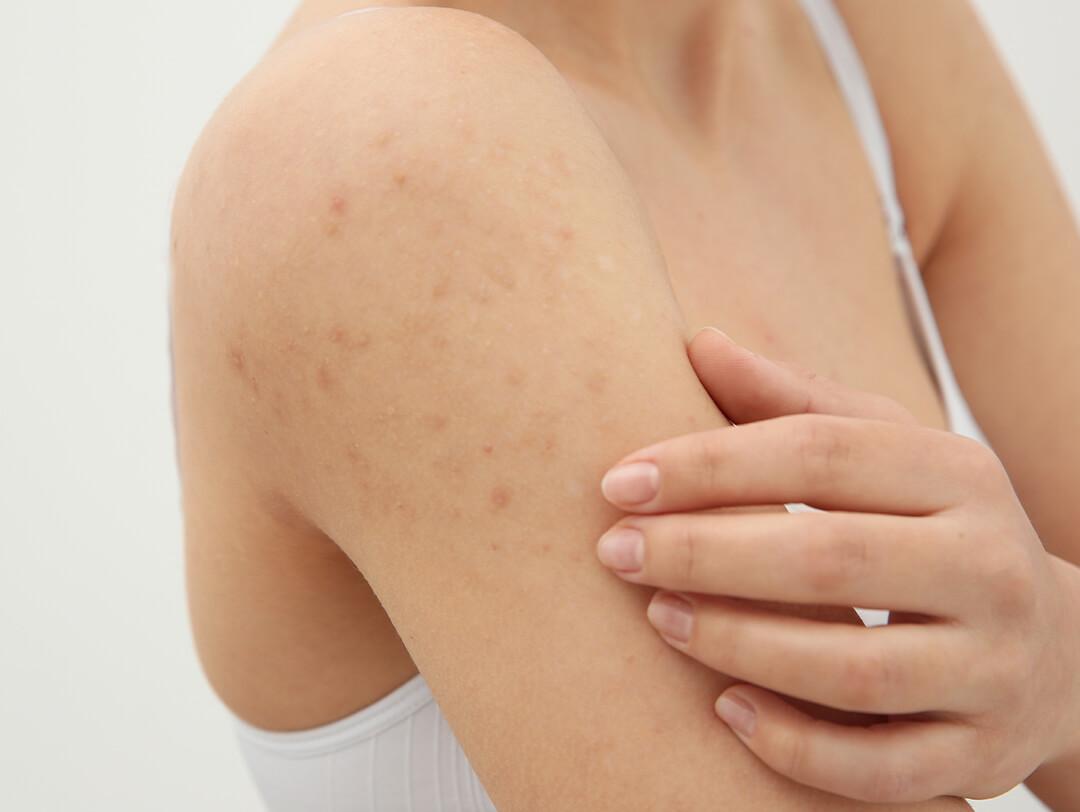
Let us guess—right when you thought you had the 411 on all the different types of acne, someone went and said the words “fungal acne” to you. Well, we have good news and bad news: The good news is that fungal acne isn’t actually real. The bad news is that there is a skin condition going around masquerading as fungal acne, so we have to address it—because since fungal acne doesn’t behave like just any acne breakout, it also can’t be treated the same way you would a pimple. But we’re here to help you separate fact from fiction and make sense of all the science, so we consulted with Chicago-based dermatologist Dr. Jessie Cheung to help you find out just what fungal acne really is, plus how to treat it.


It's about glam time you treated yourself.
MEET THE EXPERT
Dr. Jessie Cheung is a board-certified dermatologist and founder of Cheung Aesthetics and Wellness in Chicago.
What is fungal acne?
We already spoiled the big reveal: Fungal acne isn’t acne at all—it’s a misnomer. “Dermatologists refer to this as ‘pityrosporum folliculitis’; you won't find ‘fungal acne’ in the textbooks,” says Cheung. We know, we know—that was a lot of big words (and there will be more, fair warning), but stay with us. Basically, this condition gets confused for regular, bacterial acne, aka acne vulgaris, so people started calling it that. “[Fungal acne] looks like regular acne, but is due to an overgrowth of malassezia furfur, a common yeast that is also linked to seborrheic dermatitis [red, flaky scalp] and tinea versicolor [small skin infections caused by an overgrowth of yeast],” explains Cheung. And don’t worry, that yeast is a totally normal part of your skin’s microbiome; however, there is such a thing as too much of a good thing, and that’s when skin conditions can arise.
So how can you tell the difference between fungal acne and a regular old breakout? First, pay attention to how it responds to your skincare routine, most importantly your acne treatments. “Pityrosporum folliculitis should be suspected when the antibiotics used for treating acne actually make the acne worse,” says Cheung. Keep in mind location, too: “It usually presents as uniform itchy red bumps, whiteheads, and pustules on the back, chest, upper arms, and even the upper forehead, but rarely on the face,” adds Cheung.
What causes fungal acne?
Like our pores, our hair follicles are easily clogged. In the case of fungal acne, the follicles get clogged by yeast instead of bacteria. “This can be triggered by the use of antibiotics, sweating and humidity, immunosuppression or the use of steroids, or an increase in oil production, such as pregnancy,” explains Cheung. Moist environments (think: staying in your workout clothes a little too long) can be a culprit as well.
The key is making sure you properly diagnose your bumps, so you can, in turn, properly treat them. “A recent study found that pityrosporum folliculitis is quite common,” says Cheung. “Almost 5% of acne patients had it at some point during their acne course, and it should be considered in the differential diagnosis when treating stubborn acne.” In other words, if you’ve had pityrosporum folliculitis before, it could be related to the acne you’re experiencing today.
How to treat fungal acne
Traditional acne medications (such as those containing salicylic acid) won’t work on fungal acne, since they’re antibacterial rather than antifungal. Once you consult with your physician for a proper diagnosis, they’ll likely recommend common topical antifungal medications or over-the-counter skincare products to help clear up fungal acne.
Anti-dandruff shampoo: A common solution might already be in your shower. “Try an anti-dandruff shampoo containing pyrithione zinc or ketoconazole, which are both antifungal. Lather up the shampoo on your skin and rinse it off after 20 seconds,” recommends Cheung.
Athlete's foot cream: That’s right, you can also apply athlete’s foot cream to the affected area.“Athlete’s foot cream contains clotrimazole, which is another anti-fungal. This can be applied twice a day to your skin. I recommend Lotrimen or Lamisil cream, which are easy to find at pharmacies,” says Cheung.
Products to help treat and prevent fungal acne
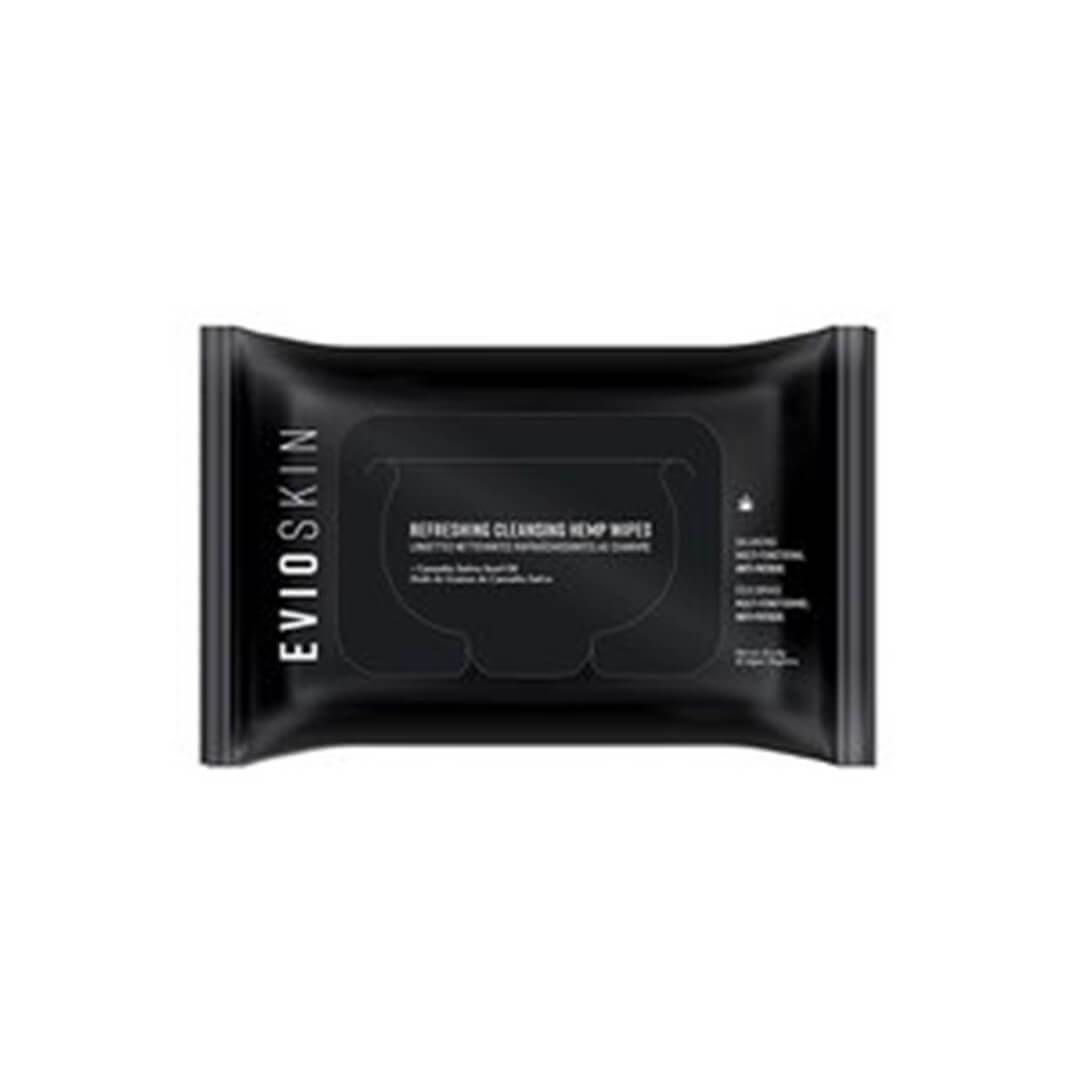

EVIO Refreshing Cleansing Wipes: As far as prevention goes, remember that yeast loves sweat—so it’s never a bad idea to keep a pack of body wipes on hand, especially for after your workouts. We love how sleek and portable these packaging of these wipes is, as it slips right into any gym bag. These cloths are also made with hemp fibers and moistened with a refreshing hemp seed oil that keeps your skin soft and hydrated.
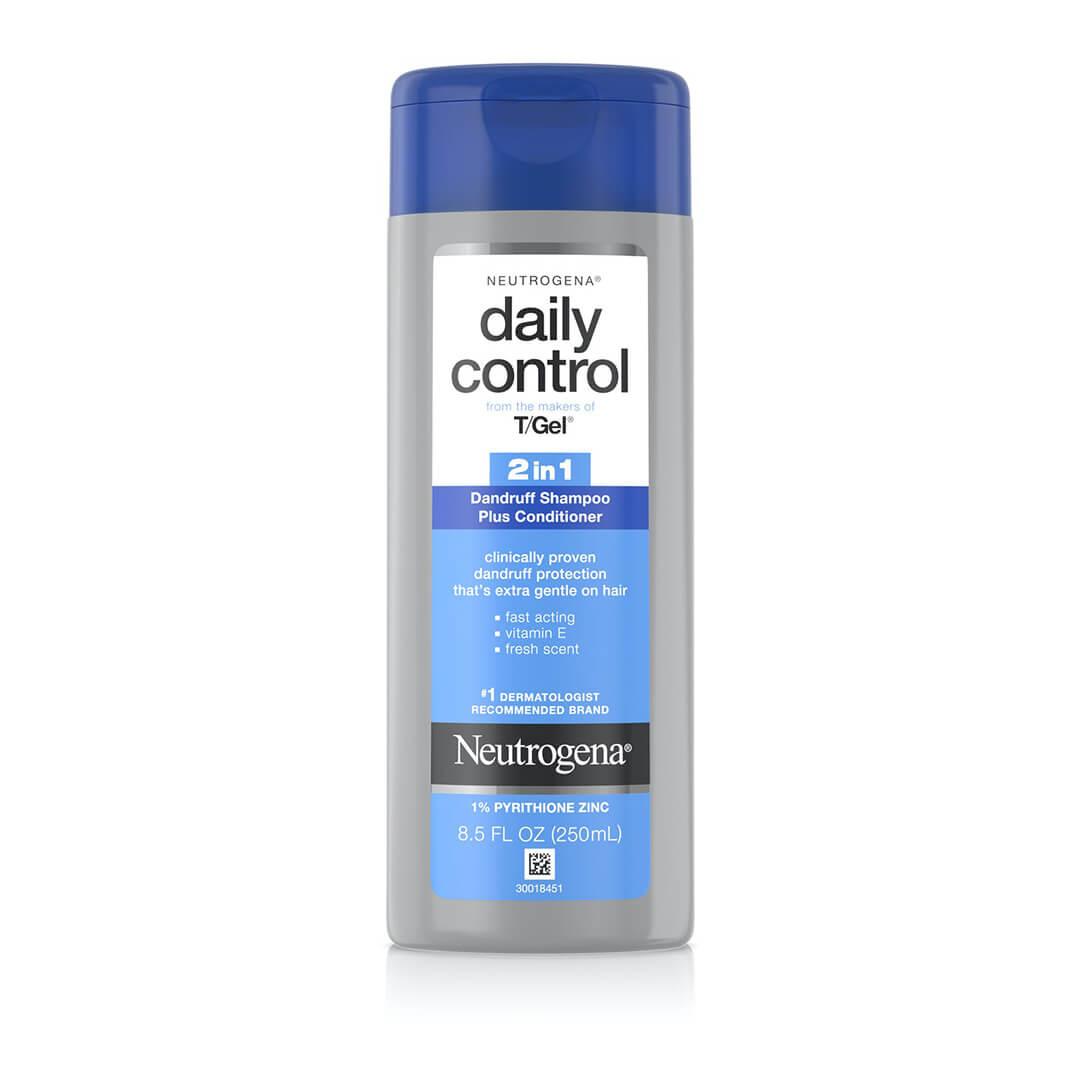

NEUTROGENA T/Gel Daily Control® 2-in-1 Dandruff Shampoo Plus Conditioner: Rinsing off with this classic pyrithione zinc formula instead of your normal cleanser will help zap yeast. Vitamin E also adds a bit of extra moisturizing goodness, so you get conditioning benefits that result in a more nourished hair and scalp.
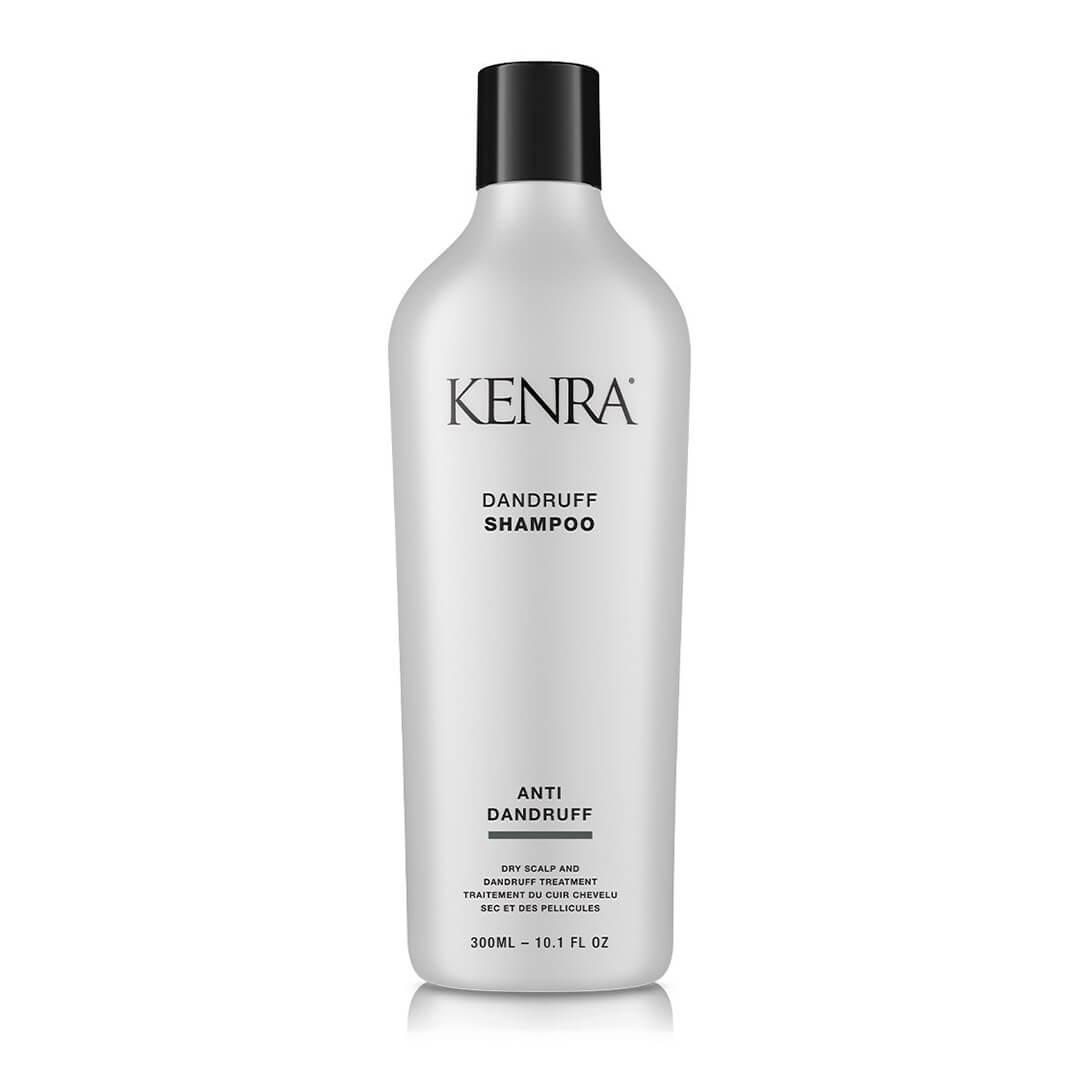

KENRA Dandruff Shampoo: A lot of zinc dandruff shampoos can smell a little clinical, but this jasmine-infused formula makes a lovely substitute for body wash. Shake before dispensing, then lather on the gentle gel formula.
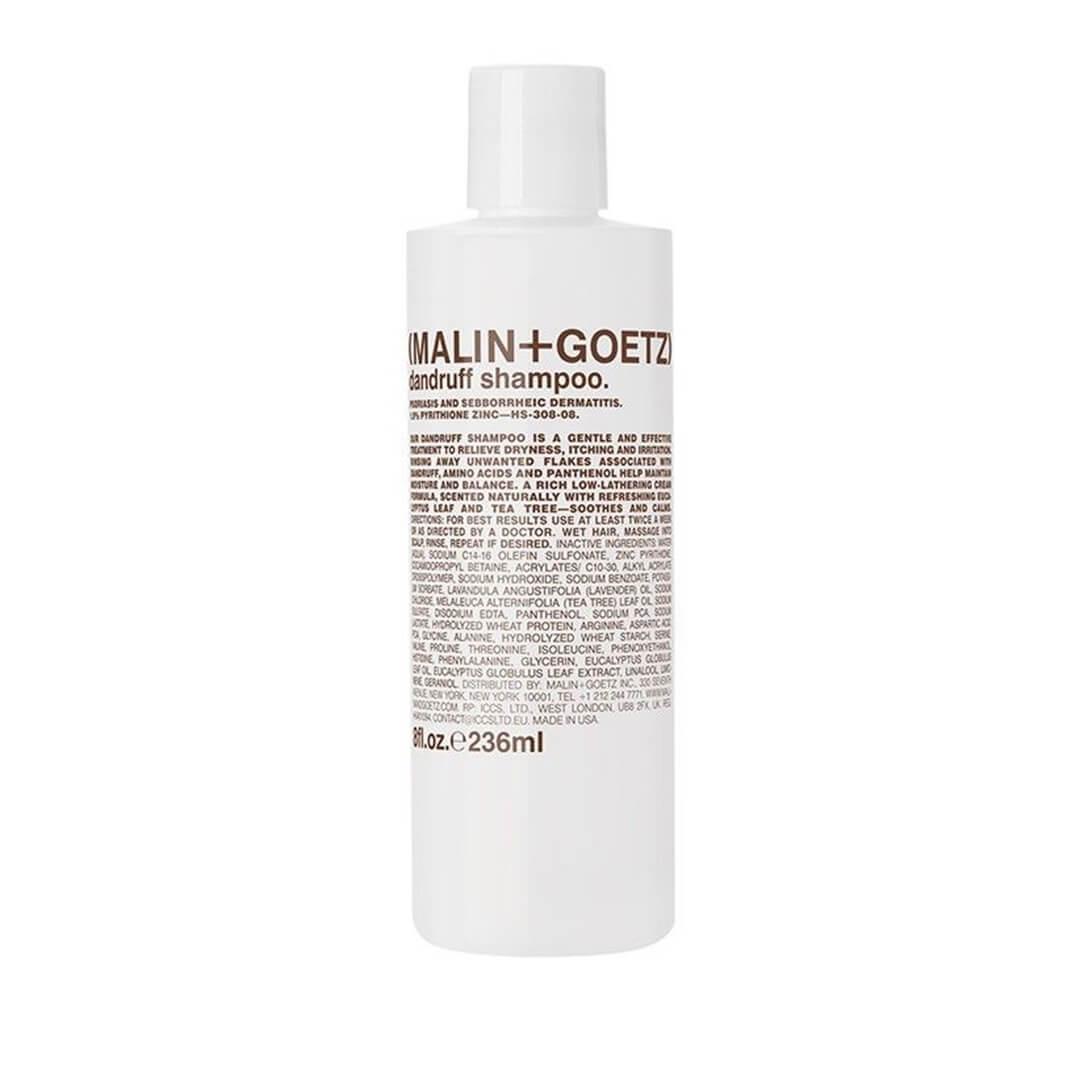

MALIN + GOETZ Dandruff Shampoo: Soothing eucalyptus, plus 1.9% pyrithione zinc, make this creamy shampoo ultra invigorating. This over-the-counter option also helps to maintain the moisture and balance of your skin while it treats any problem areas.
Did you know the IPSY Glam Bag delivers personalized skincare (and more) right to your door? Take our Beauty Quiz now to get started. Already an Ipster? Refer your friends to earn points, which you can use toward products. Either way, don’t forget to check us out on Instagram and Twitter @IPSY.
Like this article? Share it with your friends by clicking the icons below!
Liked this post? Share!
Related Stories
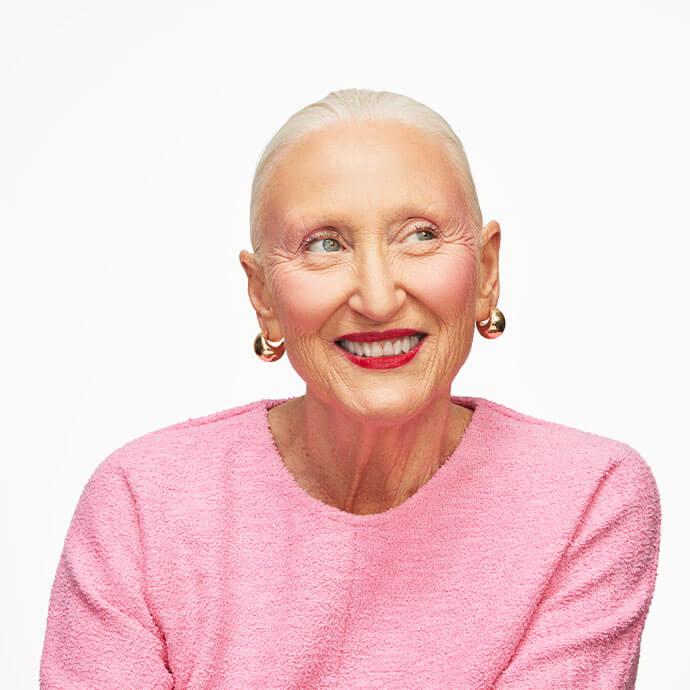
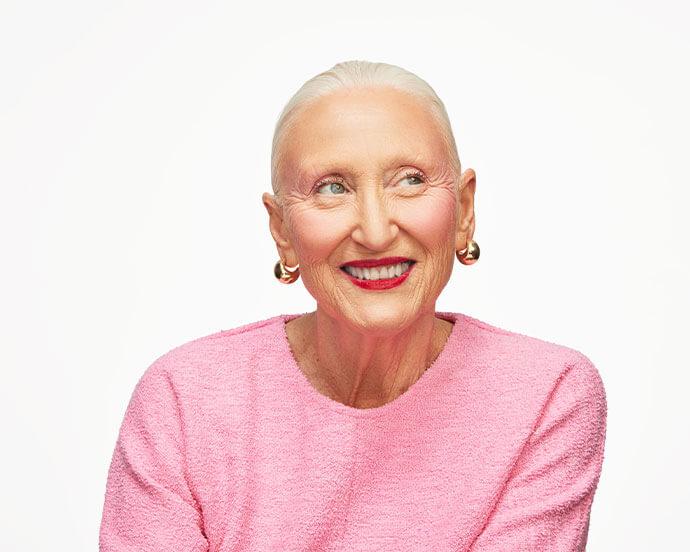
Skin
How to Adjust Your Skincare Routine for Mature Skin in the Winter
Published on Dec 4, 2025 • 7 min read


Skin
Meet the Best Moisturizers for Winter, According to Dermatologists
Published on Dec 1, 2025 • 9 min read


Skin
What Is Inflammaging—and Why Everyone’s Talking About It
Published on Dec 1, 2025 • 8 min read


Skin
6 Skincare Trends to Have on Your Radar in 2026, According to Experts
Published on Dec 1, 2025 • 7 min read


Skin
We Grabbed Our Crystal Ball and Found These 6 Skincare Predictions for 2025
Published on Dec 10, 2024 • 7 min read


Skin
Simple Self-Care Tips That Actually Make a Difference
Published on Nov 13, 2025 • 12 min read


Skin
These 9 Face Scrubs Will Unlock Soft and Smooth Skin on Contact
Published on Nov 5, 2025 • 10 min read


Skin
10 Thanksgiving Foods That Will Have Your Skin Coming Back for Seconds
Published on Oct 15, 2025 • 7 min read


Beauty Picked Just for You
Get 5 products worth up to $70
Plus exclusive access to epic deals up to 80% off
Starting at just $14/month. Cancel anytime.